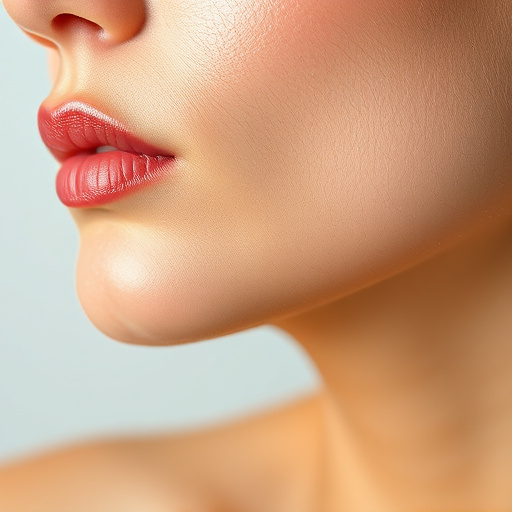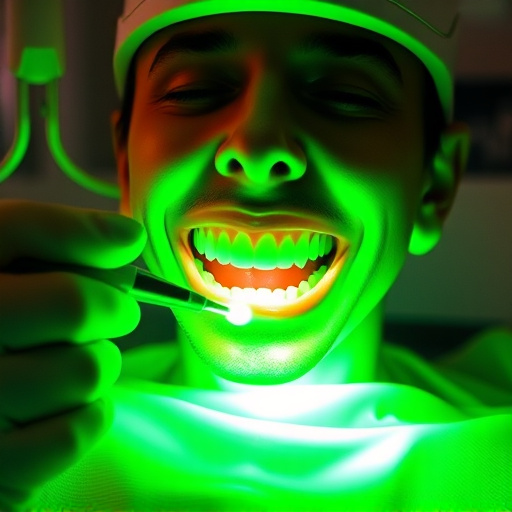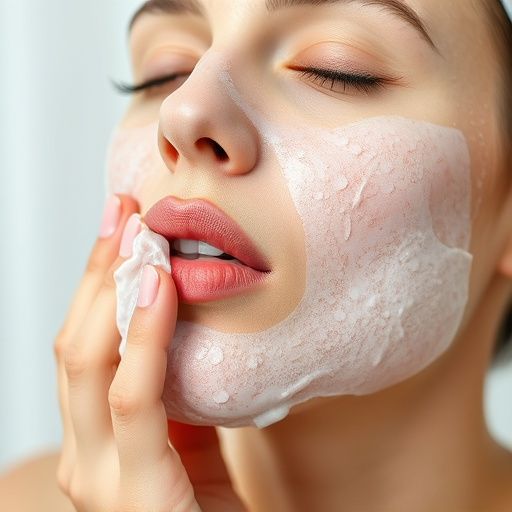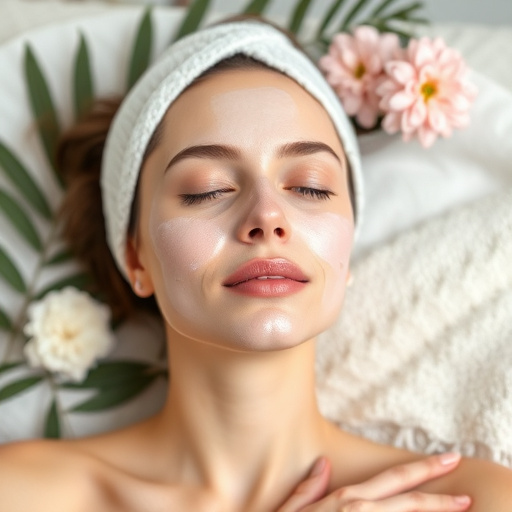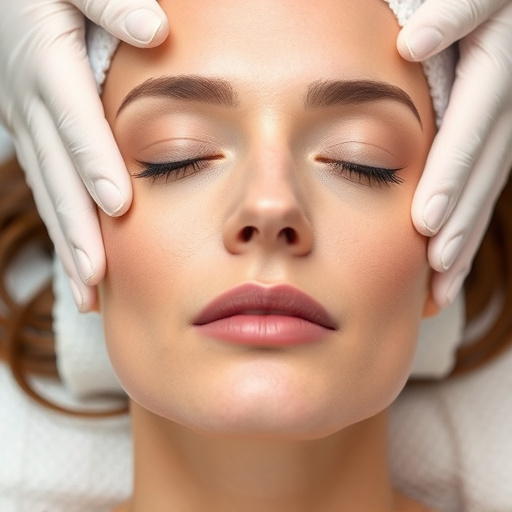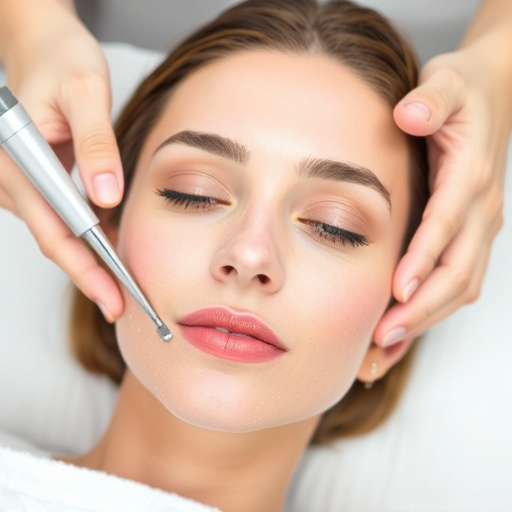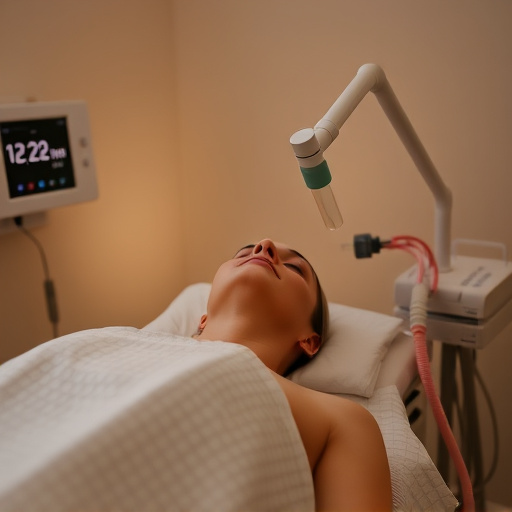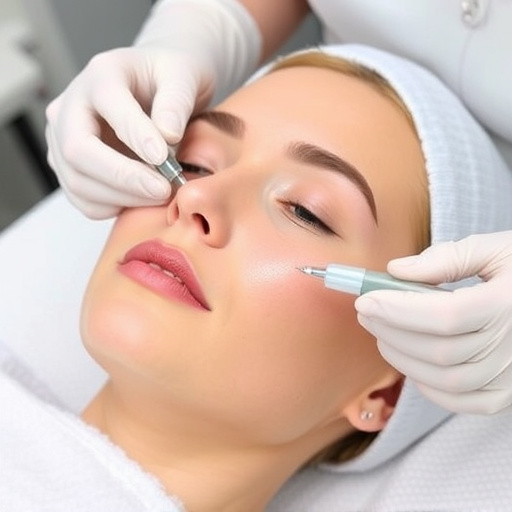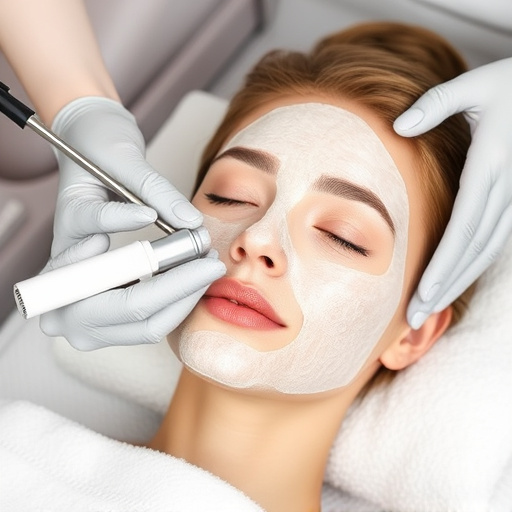Antioxidants are vital for sun damage treatment, neutralizing free radicals caused by UV radiation to prevent skin aging and conditions like hyperpigmentation. Incorporating antioxidant-rich products into skincare routines enhances treatments for body contouring, acne, and anti-aging, offering long-term protection against environmental stressors. Strategically using antioxidants with vitamins C and E boosts the effectiveness of other sun damage treatment components like retinoids and hyaluronic acid.
Antioxidants are powerful allies in the battle against sun damage. This article delves into their crucial role in maintaining and restoring skin health after exposure to UV rays. We explore how oxidative stress, a major consequence of sun damage, can be mitigated through strategic antioxidant applications. By understanding these mechanisms, we uncover effective strategies for optimal sun damage treatment results, including combining antioxidants for enhanced efficacy.
- Understanding Antioxidants: Their Role in Skin Health
- Sun Damage Treatment: The Impact of Oxidative Stress
- Effective Strategies: Combining Antioxidants for Optimal Results
Understanding Antioxidants: Their Role in Skin Health
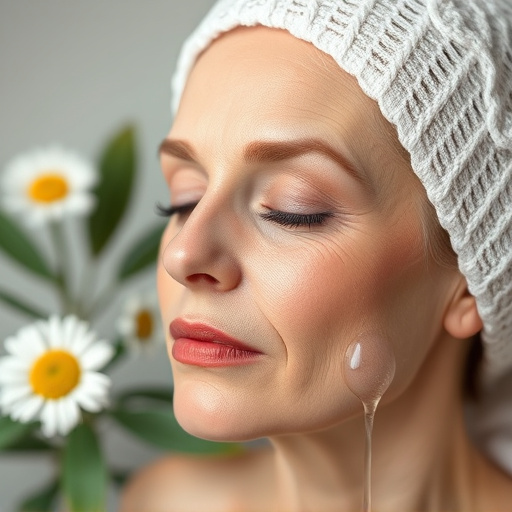
Antioxidants play a pivotal role in maintaining skin health and are essential components in many sun damage treatment strategies. These powerful compounds help protect the skin from oxidative stress caused by environmental factors, particularly ultraviolet (UV) radiation from the sun. When UV rays penetrate the skin, they generate free radicals, which can cause significant damage to cellular structures, leading to premature aging and various skin conditions.
Antioxidants act as defense mechanisms, neutralizing these harmful free radicals and preventing them from causing further damage. They do this by donating electrons to unstable molecules, stabilizing them and reducing their reactive potential. In the context of sun damage treatment, non-surgical approaches like microneedling therapy often incorporate antioxidants to enhance results. Antioxidant-rich products can also support skin brightening, addressing hyperpigmentation that may result from sun exposure. By understanding the role of these compounds in protecting and repairing the skin, individuals can make informed choices when it comes to treating and preventing sun damage.
Sun Damage Treatment: The Impact of Oxidative Stress
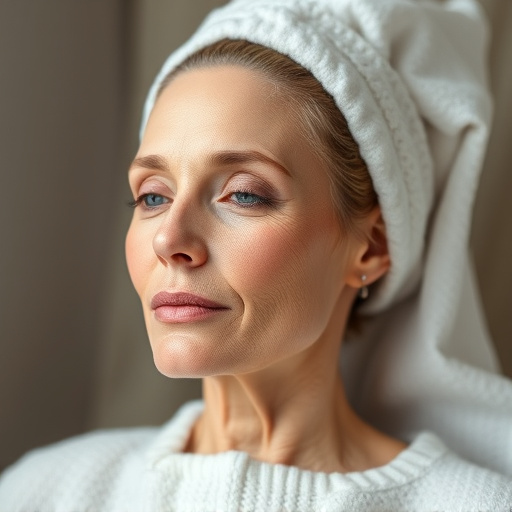
Sun damage treatment is a complex process that involves addressing the various stages of skin degradation caused by prolonged exposure to ultraviolet (UV) radiation. One of the key factors driving this degradation is oxidative stress, a state where free radicals overwhelm the body’s natural antioxidant defenses. This oxidative stress can lead to visible signs of aging, such as fine lines and wrinkles, as well as more severe skin conditions like hyperpigmentation and even cancerous lesions.
In the context of sun damage treatment, antioxidants play a pivotal role in mitigating these effects. By neutralizing free radicals, antioxidants help protect the skin from further oxidative damage. This is particularly crucial for effective body contouring and acne treatments, as well as anti-aging regimens. Incorporating antioxidant-rich products into daily skincare routines can significantly enhance the success of sun damage treatment efforts, promoting healthier, more youthful-looking skin.
Effective Strategies: Combining Antioxidants for Optimal Results
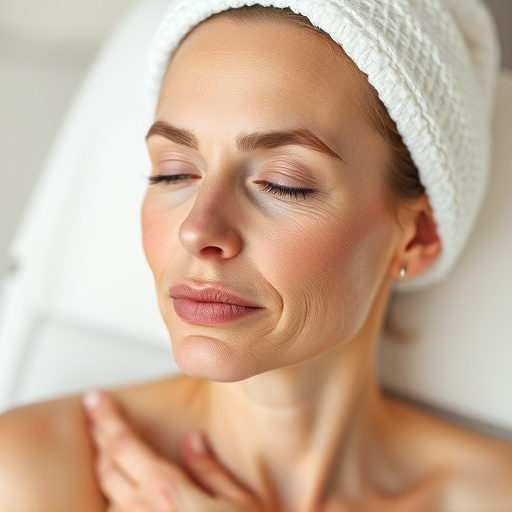
In the pursuit of effective sun damage treatment, a strategic approach to skincare is essential. One of the most promising strategies involves combining antioxidants for optimal results. Antioxidants, such as vitamins C and E, play a crucial role in protecting skin cells from free radical damage caused by UV radiation. By integrating these powerful compounds into your personalized skincare routine, you can significantly enhance sun damage treatment outcomes.
For instance, pairing topical antioxidants with other treatments like retinoids or hyaluronic acid can yield synergistic effects. Retinoids stimulate collagen production and improve skin texture, while hyaluronic acid hydrates and plumps the skin. Combining these with antioxidants creates a robust defense mechanism against environmental stressors, promoting healthier and more youthful-looking skin. This holistic approach to sun damage treatment not only addresses immediate concerns but also fosters long-term skin health.
Antioxidants play a pivotal role in successful sun damage treatment by countering oxidative stress caused by UV radiation. By understanding their function in skin health and combining them strategically, we can achieve optimal results in mitigating sun damage. Incorporating antioxidants into skincare routines not only protects against future damage but also enhances the effectiveness of existing treatments, underscoring their importance in managing and reversing sun-induced skin aging.

